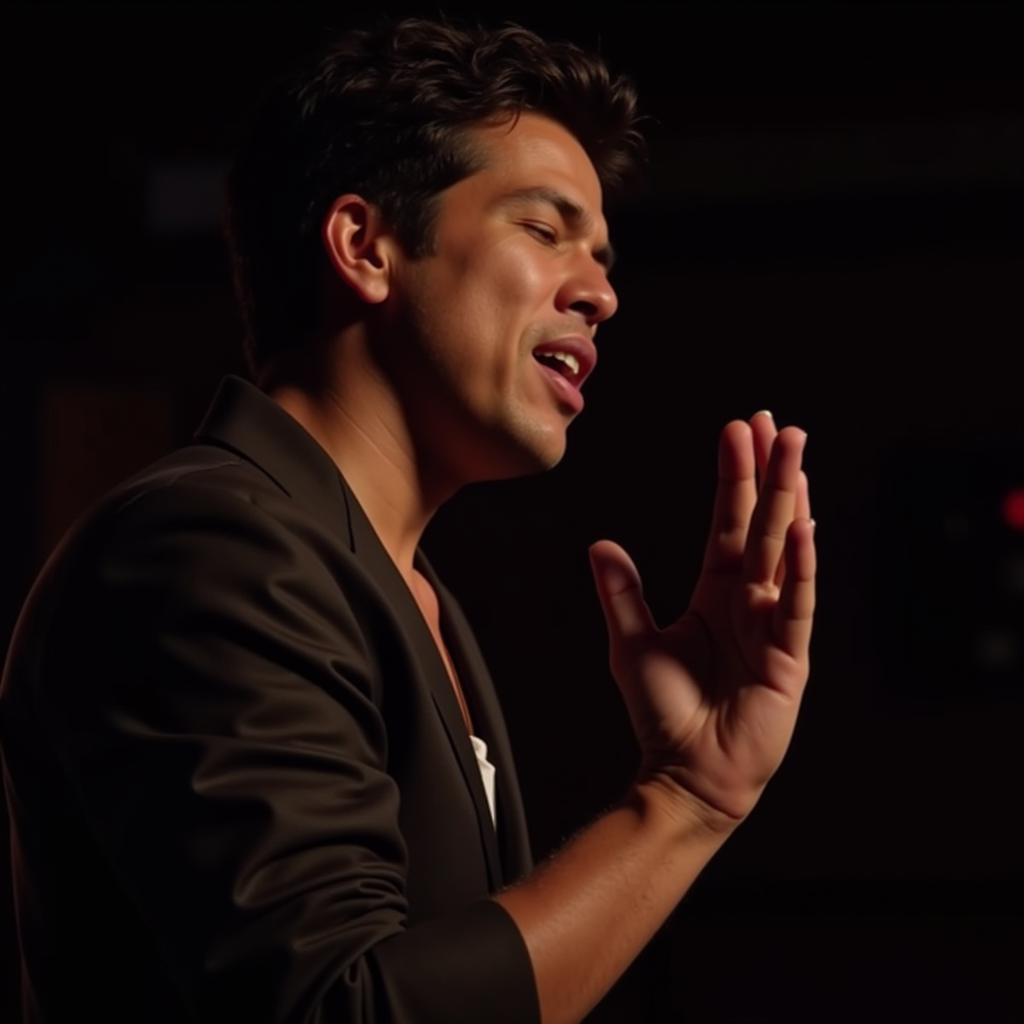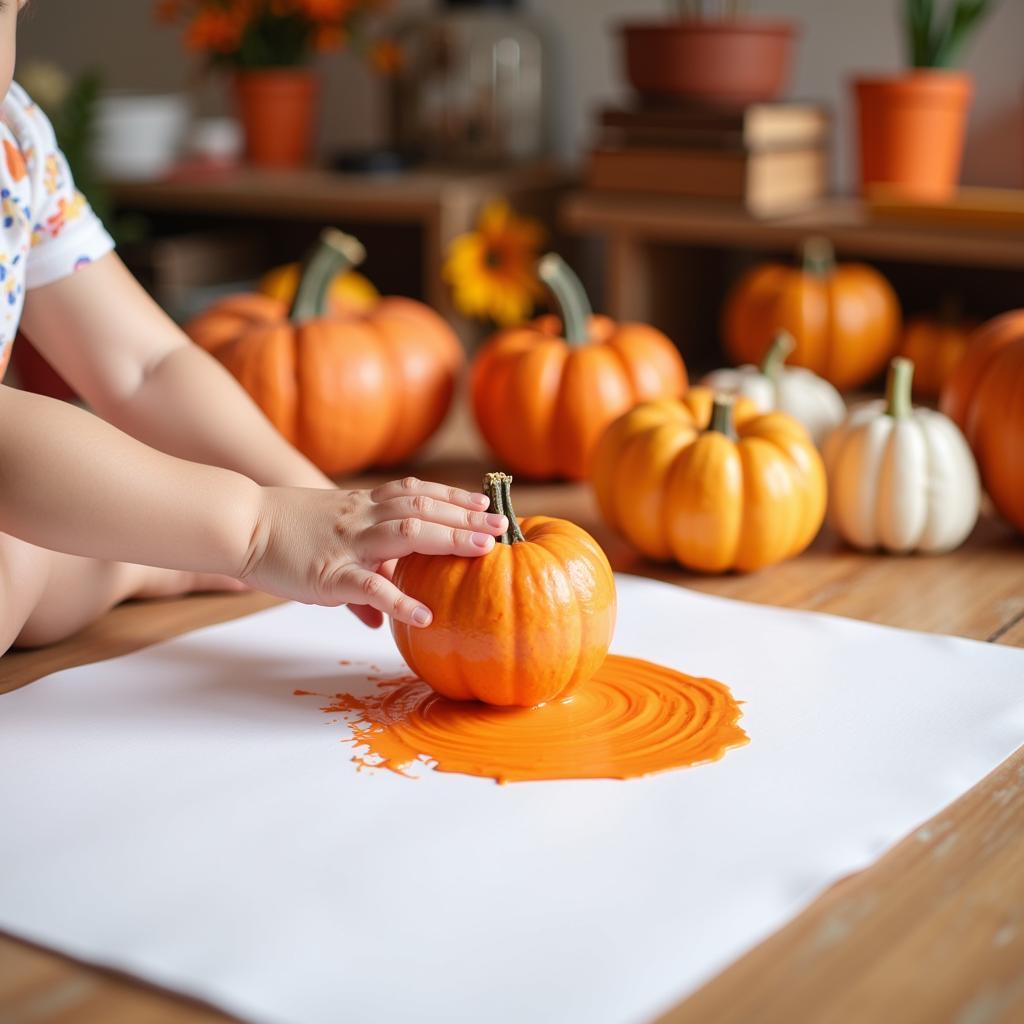Exploring the Art of Flamenco: Passion, Rhythm, and Expression
Flamenco art is more than just a dance; it’s a vibrant tapestry of music, song, and dance woven together to express a profound range of human emotions. From the soulful cries of the cante jondo to the intricate footwork of the baile, flamenco captures the essence of Andalusian culture and its rich history. This passionate art form transcends mere performance; it becomes a conversation between artist and audience, a shared experience of raw emotion and artistic brilliance. After reading this, you might want to look at some paintings of musical instruments art.
The Heartbeat of Flamenco: Understanding its Core Elements
Flamenco’s power lies in the seamless fusion of its three core elements: cante (song), baile (dance), and toque (guitar playing). Each element contributes a unique layer of expression, creating a complex and captivating artistic whole. Cante, the vocal heart of flamenco, conveys the raw emotion and storytelling that underpin the art form. The powerful vocals, often filled with lament and passion, set the tone and provide the emotional context for the dance and guitar. Baile, the dance component, translates these emotions into physical movement, expressing through intricate footwork, graceful hand gestures, and passionate body language. Finally, toque, the guitar playing, provides the rhythmic backbone and melodic accompaniment, weaving together the song and dance into a unified expression.
What is the key to understanding flamenco art? It lies in appreciating the interplay between these three elements, recognizing how they support and enhance one another to create a powerful and moving artistic experience.
Delving Deeper into Cante: The Soul of Flamenco
The cante, or song, in flamenco is much more than just singing; it’s the emotional core of the art form. Its origins lie in the deep-seated traditions of Andalusia, reflecting the region’s history of hardship, resilience, and passion. Different palos, or musical forms, within cante evoke specific emotions, from the profound sorrow of the seguiriya to the lighter, more festive tangos. Each palo has its own unique rhythmic structure and melodic character, contributing to the rich tapestry of flamenco music.
How can one appreciate the nuances of cante? Listen closely to the vocal inflections, the rhythmic variations, and the emotional depth conveyed by the singer. It’s in these subtleties that the true heart of flamenco resides.
 Flamenco Singer Performing Cante Jondo
Flamenco Singer Performing Cante Jondo
The Expressive Power of Baile: Flamenco in Motion
Baile, the dance of flamenco, is a captivating display of rhythmic precision, graceful movement, and raw emotion. It’s not simply about steps; it’s about telling stories through the body, expressing feelings through the intricate language of flamenco dance. The footwork, known as zapateado, creates a percussive rhythm that complements the guitar, while the hand movements, or braceo, add another layer of expression. From the proud posture of the body to the fiery gaze of the dancer, every element of baile contributes to the overall narrative.
What distinguishes flamenco dance? Its dynamic interplay of controlled power and passionate abandon. The dancer becomes a conduit for the music and song, transforming emotion into visible, visceral movement.
The Rhythmic Tapestry of Toque: The Guitar’s Role in Flamenco
The guitar in flamenco, or toque, isn’t merely accompaniment; it’s an integral part of the artistic conversation. The guitarist provides the rhythmic framework, weaving intricate melodies and rhythmic patterns that intertwine with the song and dance. Flamenco guitar playing is characterized by its complex techniques, including rasgueado (strumming), alzapúa (fingerpicking), and golpe (tapping), creating a rich and varied sonic landscape.
Why is the guitar so crucial to flamenco? It provides the rhythmic drive and melodic foundation upon which the song and dance build, creating a cohesive and dynamic artistic experience.
Experiencing the Magic of Flamenco: Where to Begin
From intimate tablaos to grand stage productions, flamenco offers a diverse range of experiences. Whether you’re a seasoned aficionado or a curious newcomer, immersing yourself in a live flamenco performance is an unforgettable experience. You could even explore the arts district summer music series performers. Learning about the dell'arte guitar can also enhance your appreciation for this art form.
“Flamenco is a dialogue between the artist and their soul, expressed through the body and amplified by the guitar,” says renowned flamenco dancer, Isabella Reyes.
Flamenco and its Cultural Significance
Flamenco art isn’t just a performance; it’s a reflection of Andalusian culture and history. It embodies the spirit of a people, their struggles, their joys, and their deep connection to their land. “Flamenco is more than just an art form; it’s a way of life,” says renowned flamenco guitarist, Carlos Montoya. Exploring hispanic wall art can offer further insight into this rich cultural heritage.
 Flamenco Dancers Performing on Stage
Flamenco Dancers Performing on Stage
Conclusion
Flamenco art is a powerful and evocative art form that captures the essence of human emotion. From the soulful cante to the intricate baile and the rhythmic toque, flamenco offers a rich and rewarding experience for both performers and audiences. By understanding its core elements and appreciating its cultural significance, we can truly delve into the magic of flamenco and its enduring power to move and inspire. The vibrant world of flamenco awaits; discover its passion, rhythm, and expression. You can even explore events at the centro de bellas artes luis a ferré próximos eventos.
FAQ
- What are the main elements of flamenco art? Cante (song), baile (dance), and toque (guitar).
- What is the cultural significance of flamenco? It reflects the history and traditions of Andalusia.
- What is cante jondo? It is the deep song of flamenco, expressing profound emotion.
- What is zapateado in flamenco dance? The percussive footwork.
- What are some common flamenco palos? Seguiriya, soleá, tangos, bulerías.
- How can I experience flamenco? Attend live performances, listen to recordings, take classes.
- What is the role of the guitar in flamenco? It provides rhythmic and melodic support.
When you need assistance, contact us at Phone Number: 02462573573, Email: danteum@gmail.com or visit our address: Savico Megamall, 7-9 Đ. Nguyễn Văn Linh, Gia Thụy, Long Biên, Hà Nội 10000, Việt Nam. We have a 24/7 customer service team.

